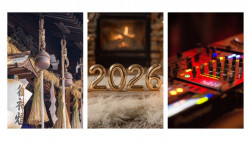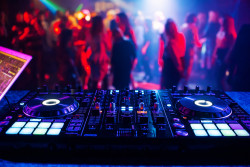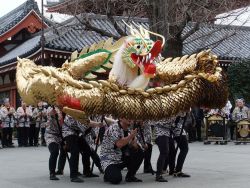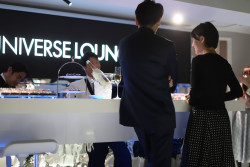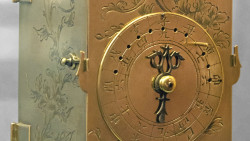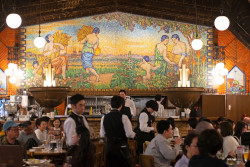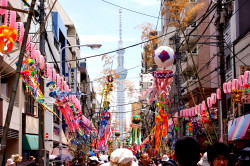
May 27, 2010
A Kenzo Tange View of Tokyo
Rediscover some architectural gems on your doorstep
By Metropolis
Originally published on metropolis.co.jp on May 2010
Japan’s capital is one big overload of visual attractions. Extravagant buildings and intriguing designs amaze newcomers, but once the honeymoon is over they all start to merge into a monotonous concrete sprawl. Little does the average Tokyoite care about the man who has left his architectural footprints all over town: Kenzo Tange (1913-2005), possibly the most influential Japanese architect of the 20th century.
Tange’s march to fame began in 1949 when he won a bid for the design of Hiroshima Peace Park. Ten years later, he would unveil his ambitious plan for the “Structural Re-organization of Tokyo,” a large-scale redesign of the metropolis that extended it out into Tokyo Bay via manmade islands. Today, Odaiba comes close to realizing the maestro’s ideal, though his proposed “floating parking” has yet to materialize.
Tange’s best-known and most-visited creations include the Tokyo Metropolitan Government (TMG) complex in Nishi-Shinjuku, Yoyogi National Gymnasium in Harajuku and the Fuji TV building in Odaiba. However, the 1987 Pritzker Prize winner has a number of masterpieces dotted around the city that offer a glimpse into his grand vision of the capital in a future that has already begun.
Shinjuku Park Tower
Like a kid brother to the TMG, Shinjuku Park Tower is smaller and more discreet than the whopper next door. The building was opened in 1994, and its top floors house the Park Hyatt Hotel, familiar to many as the main location in Sofia Coppola’s 2003 movie Lost in Translation. Tange’s unusual architecture—three glued-together towers with asymmetrical tops that are lit up in rainbow colors at night—is matched by the Hyatt’s lavish decor. If all that gets your design juices flowing, head to the branches of Living Design Center OZONE and The Conran Shop inside to find everything you need to give your own home a 5-star makeover.
3-7-1 Nishi-Shinjuku, Shinjuku-ku. Nearest stn: Tochomae
Saint Mary’s Cathedral
Saint Mary’s Cathedral was built in 1964, the same year as Yoyogi Gymnasium. It’s a far cry from your usual cod-classical house of prayer: the dome is straight out of tomorrow-land, a manifestation of Tange’s futuristic visions—both spiritual and architectural. The bare concrete walls inside shimmer with a mystical light that pours in from behind the crucifix above the altar. Viewed from above, eight massive stainless steel wings converge to form a huge cross. Seen from the front, however, the building appears like an enormous bird with open wings, ready for takeoff. Fittingly, Tange’s own funeral was held here in 2005.
3-15-16 Sekiguchi, Bunkyo-ku. Nearest stn: Edogawabashi
Shizuoka Press and Broadcasting Center
The Shizuoka Press and Broadcasting Center was built in 1967, during Tange’s early cubic period. It looks like a strange bird-house tree mansion, with 13 boxes appearing to hang from a central beam. One can imagine the editors perched there, like Tokyo’s infamous crows, Googling the neighborhood for scraps of news. The building is strictly off-limits for non-media folks, but there’s no harm in sneaking a peak of the exterior.
8-3-7 Ginza, Chuo-ku. Nearest stn: Shimbashi
Sogetsu Kaikan
Sogetsu Kaikan in Akasaka welcomes another breed of worshipper—namely, students and admirers of the Sogetsu School of Ikebana. Tange’s 1977 work is as stylish as the flower arrangements displayed inside. The massive glass and steel plates covering the exterior reflect the trees of the Akasaka Imperial Palace compound on the opposite side of Aoyama Dori. This blurring of boundaries is a perfect expression of an art that values silent appreciation of beauty, be it traditional or modern, natural or manmade.
7-2-21 Akasaka, Minato-ku. Nearest stn: Aoyama-Itchome



